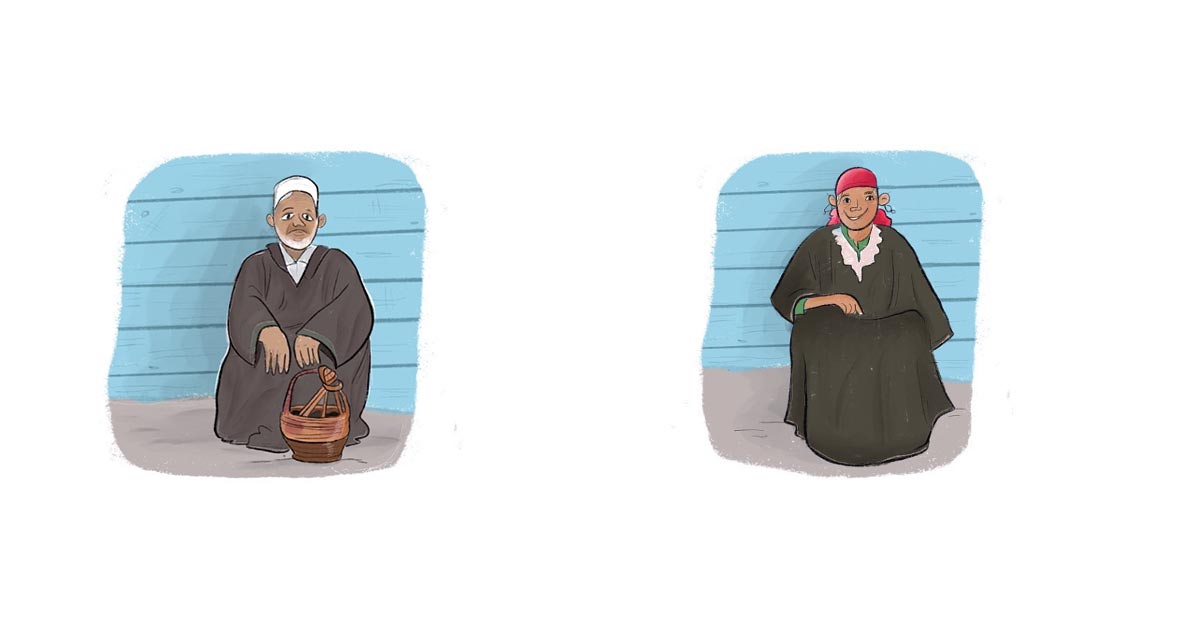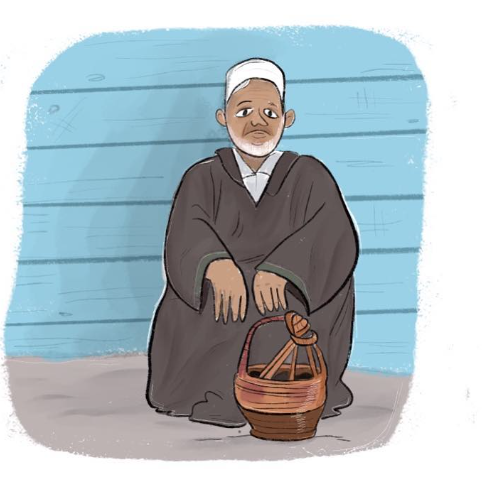Editorial
Kashmiri Phiran: A Cultural Emblem and Winter Essential

The phiran, also spelled pheran, is a traditional garment worn in Kashmir, revered for its cultural significance, history, and functionality. It is not only an emblem of Kashmiri identity but also a practical solution to the intense winter cold that characterizes the region. Combining elegance with warmth, the phiran has evolved over centuries, embodying the rich heritage, artistry, and resilience of the Kashmiri people.
Origins and Cultural Significance
The origins of the phiran trace back to ancient Kashmir, where the garment was influenced by Persian attire brought by Mughal rulers who frequented the region. Traditionally, the phiran reflects the intermingling of Mughal, Persian, and Central Asian sartorial elements, blending these influences into a distinct Kashmiri style. Over time, the phiran became a symbol of regional identity, worn by people across social strata, though variations in material and embellishment often denoted social status.
Design and Structure
A phiran is typically a long, loose garment that falls below the knees and has wide sleeves, allowing for comfort and easy movement. It is commonly worn over a shalwar (loose trousers) or suthan and often cinched at the waist with a decorative belt.
The fabric of the phiran varies according to season and wearer preference. In winter, phirans are made of wool, tweed, or even pashmina, offering insulation against the harsh cold. In summer, however, lighter materials like cotton are preferred, making it a versatile garment adaptable to both seasonal and cultural needs.
The phiran is unisex in design, though slight distinctions exist. Men’s phirans are usually plainer, while women’s versions are often adorned with intricate embroidery, particularly along the neckline, cuffs, and hem. Embroidery on the phiran is often done in the traditional Kashmiri tilla (silver or gold thread) or aari work (hook embroidery), showcasing local artisanship and reflecting the wearer’s taste and social standing.

The Kangri: A Perfect Companion
The phiran is most commonly associated with the kangri, a traditional Kashmiri earthenware pot filled with burning coals and woven into a basket. During winter, people carry the kangri under their phiran to keep warm, creating a unique and efficient personal heating system. The phiran’s loose fit allows the kangri to be held comfortably beneath it, radiating heat to the wearer while insulating them against the cold.
Variations Across Regions and Styles
While the phiran remains a common thread in Kashmiri culture, regional and generational variations exist. The length, embroidery, and fit may differ across communities within Kashmir. In urban areas, more contemporary designs and fitted versions of the phiran have emerged, often reflecting modern fashion sensibilities while maintaining traditional elements. In rural areas, however, the phiran remains true to its original form—long, loose, and minimally adorned.
In recent years, the phiran has also seen adaptations that cater to global fashion trends. Designers have reinterpreted the garment for urban and international markets, shortening its length or pairing it with contemporary accessories. These adaptations reflect the versatility and timeless appeal of the phiran, as it transitions from a purely functional garment to a fashion statement on runways and in high-end fashion circles.
Craftsmanship and Artistry
The phiran is more than a garment; it is a canvas for Kashmiri artisans to showcase their skills. The intricate embroidery—whether floral motifs inspired by Kashmir’s lush valleys and gardens, or the geometric patterns that nod to Islamic art—adds a layer of cultural storytelling to the attire. This embroidery is done painstakingly by hand, often taking weeks or even months to complete, especially when the garment is adorned with elaborate tilla or sozni (needlework) designs.
The artistry seen in the phiran also reflects the wearer’s connection to their heritage. Many Kashmiri families pass down phirans from one generation to the next, adding to the garment’s sentimental value and cultural legacy.
The Phiran in Modern Kashmiri Identity
Today, the phiran serves as an important cultural icon and a proud symbol of Kashmiri heritage. Worn by both men and women across different generations, it represents the unity, resilience, and identity of the people of Kashmir. In a rapidly globalizing world, where traditional clothing is often overshadowed by Western attire, the phiran stands as a testament to Kashmir’s rich cultural legacy, adapting over time yet retaining its core essence.
As younger generations embrace the phiran in both traditional and modern contexts, it remains deeply interwoven with the identity and pride of the Kashmiri people. Whether worn on formal occasions, religious festivals, or as an everyday garment during the harsh winter months, the phiran continues to hold a place of honor in Kashmiri wardrobes.
Conclusion
The phiran is not merely an article of clothing; it is a cultural symbol that encapsulates centuries of Kashmiri history, resilience, and artistry. With its practicality, adaptability, and beauty, it has transcended the boundaries of time, becoming both a cherished tradition and a fashion-forward garment. Through its ongoing evolution, the phiran remains a vibrant symbol of Kashmir’s unique heritage, bridging the past with the present and preserving the spirit of Kashmiri identity for generations to come.
